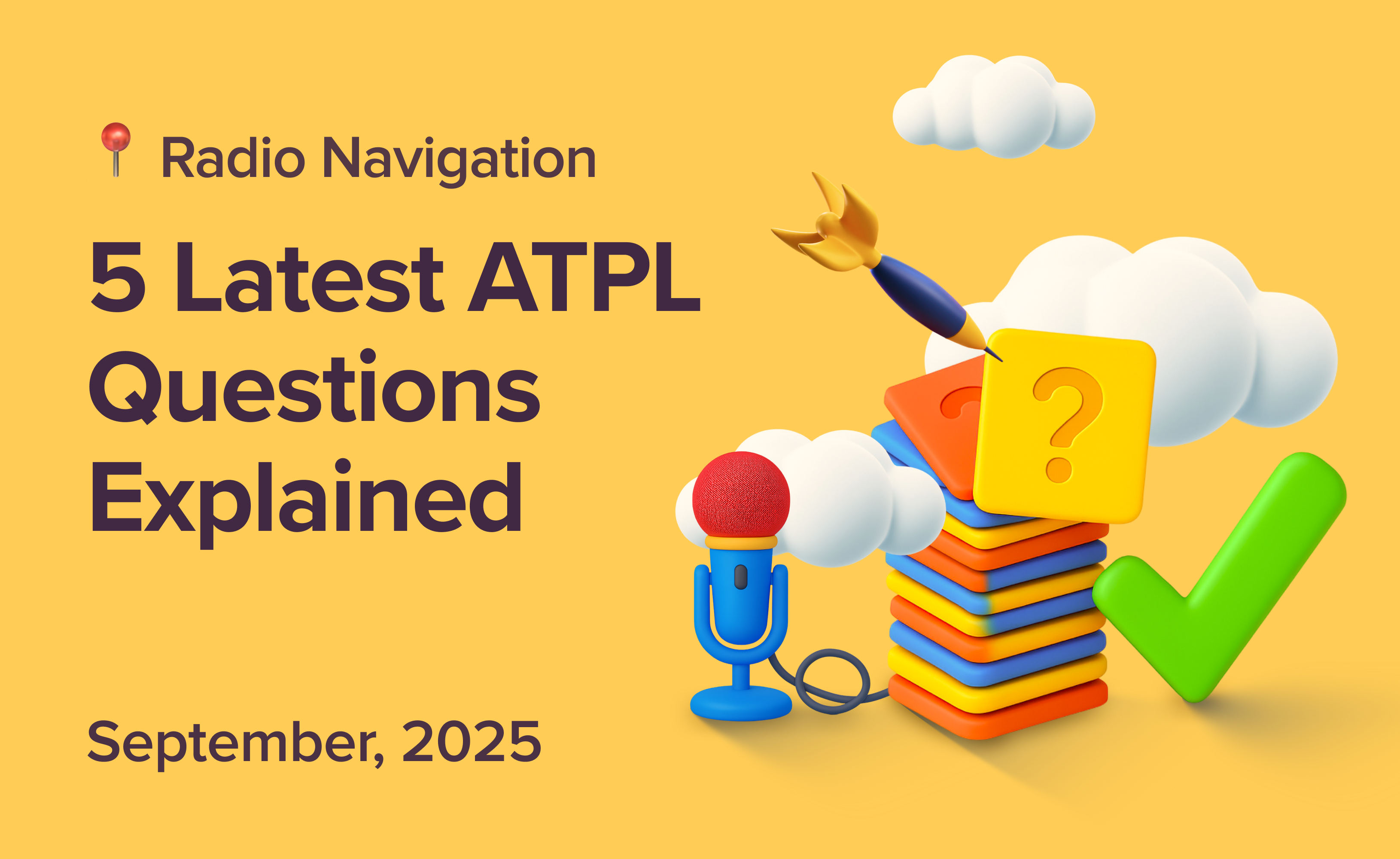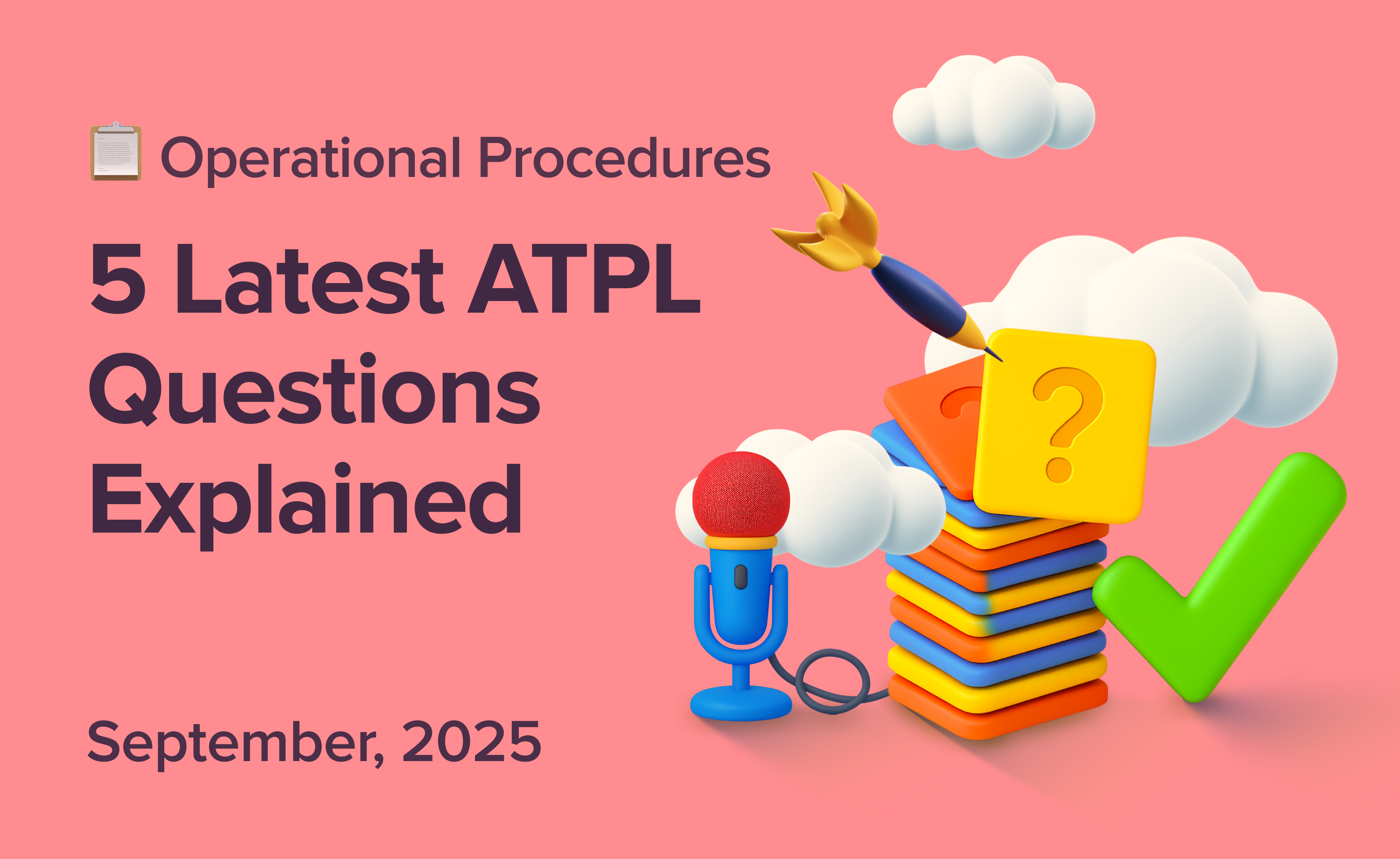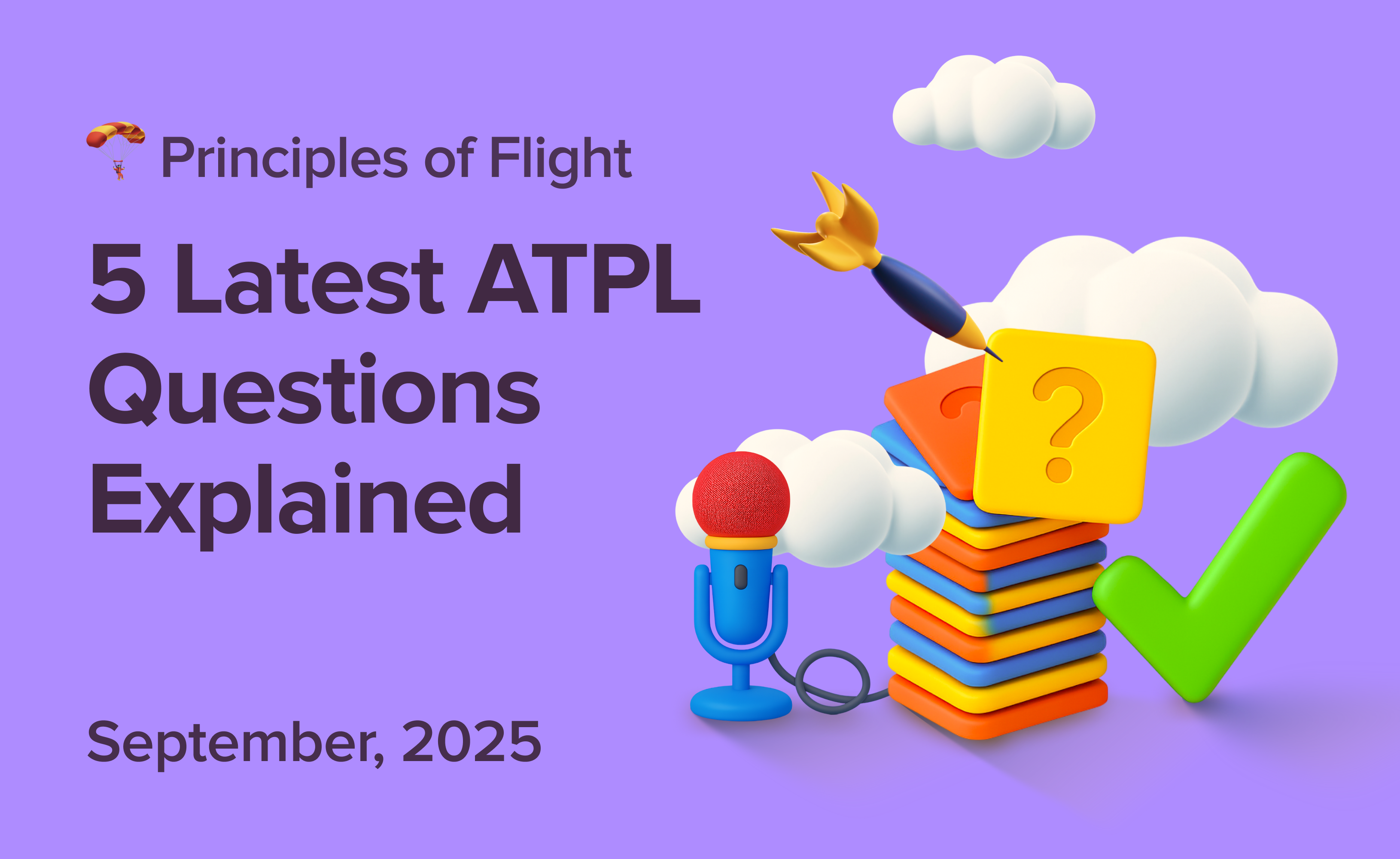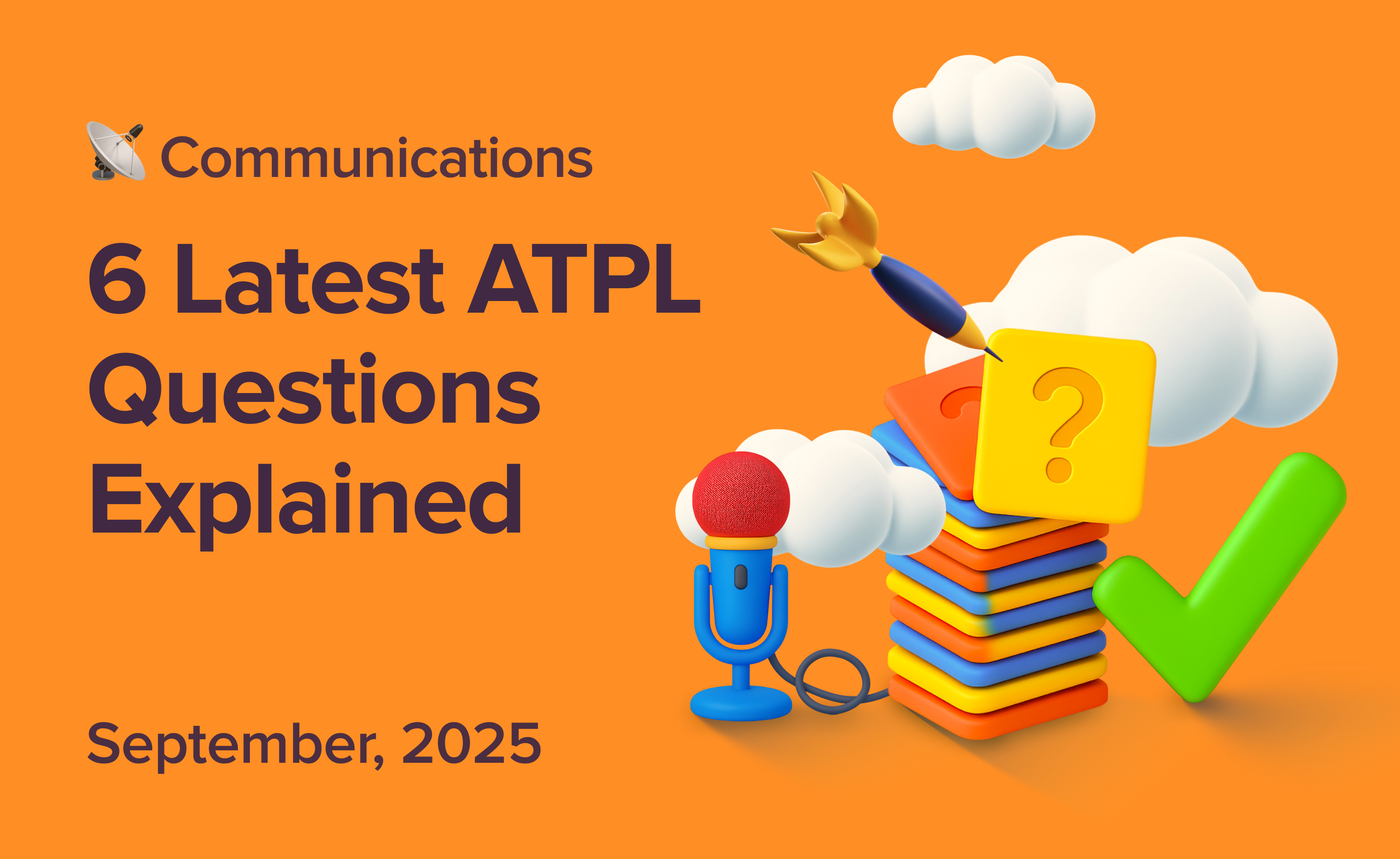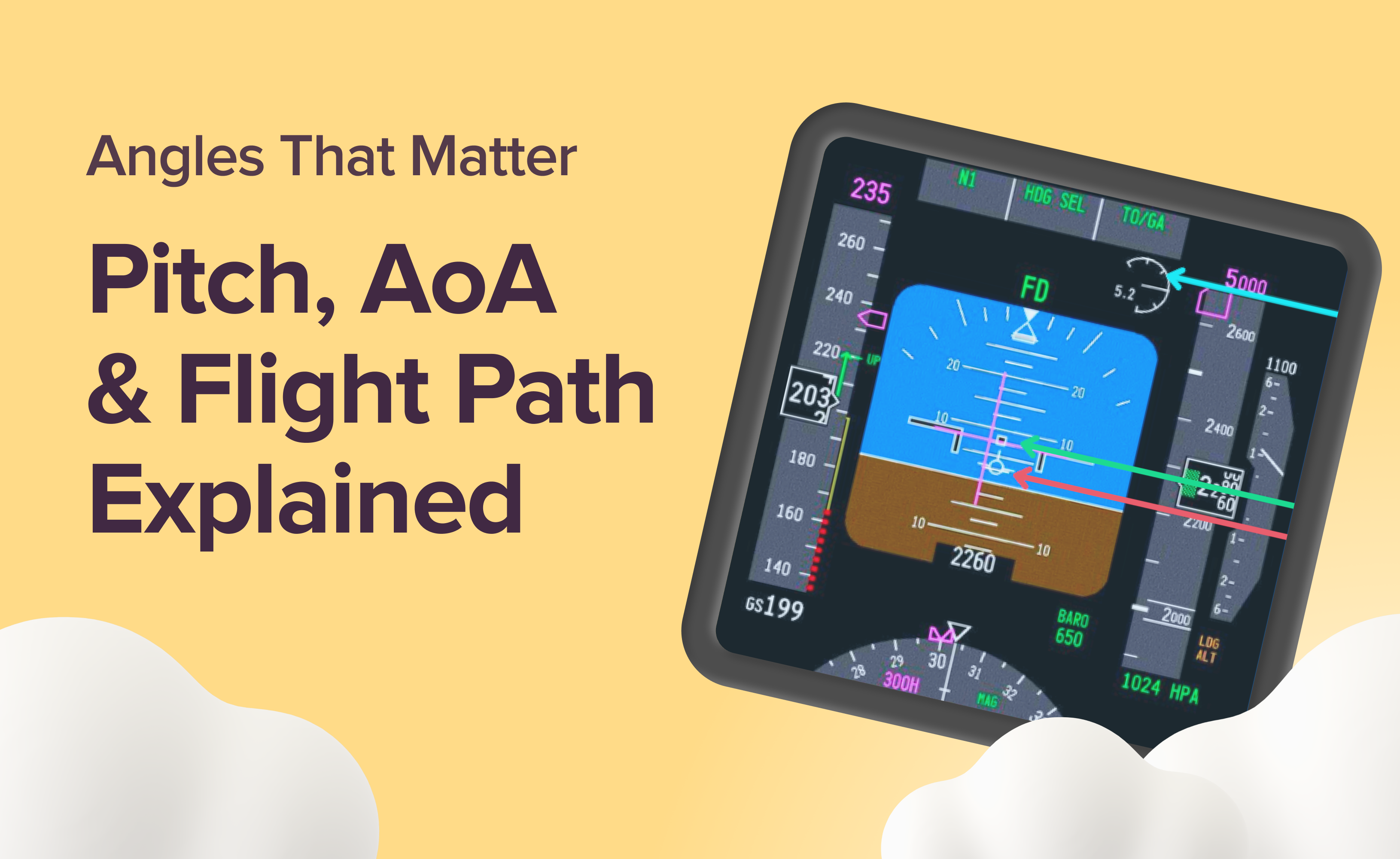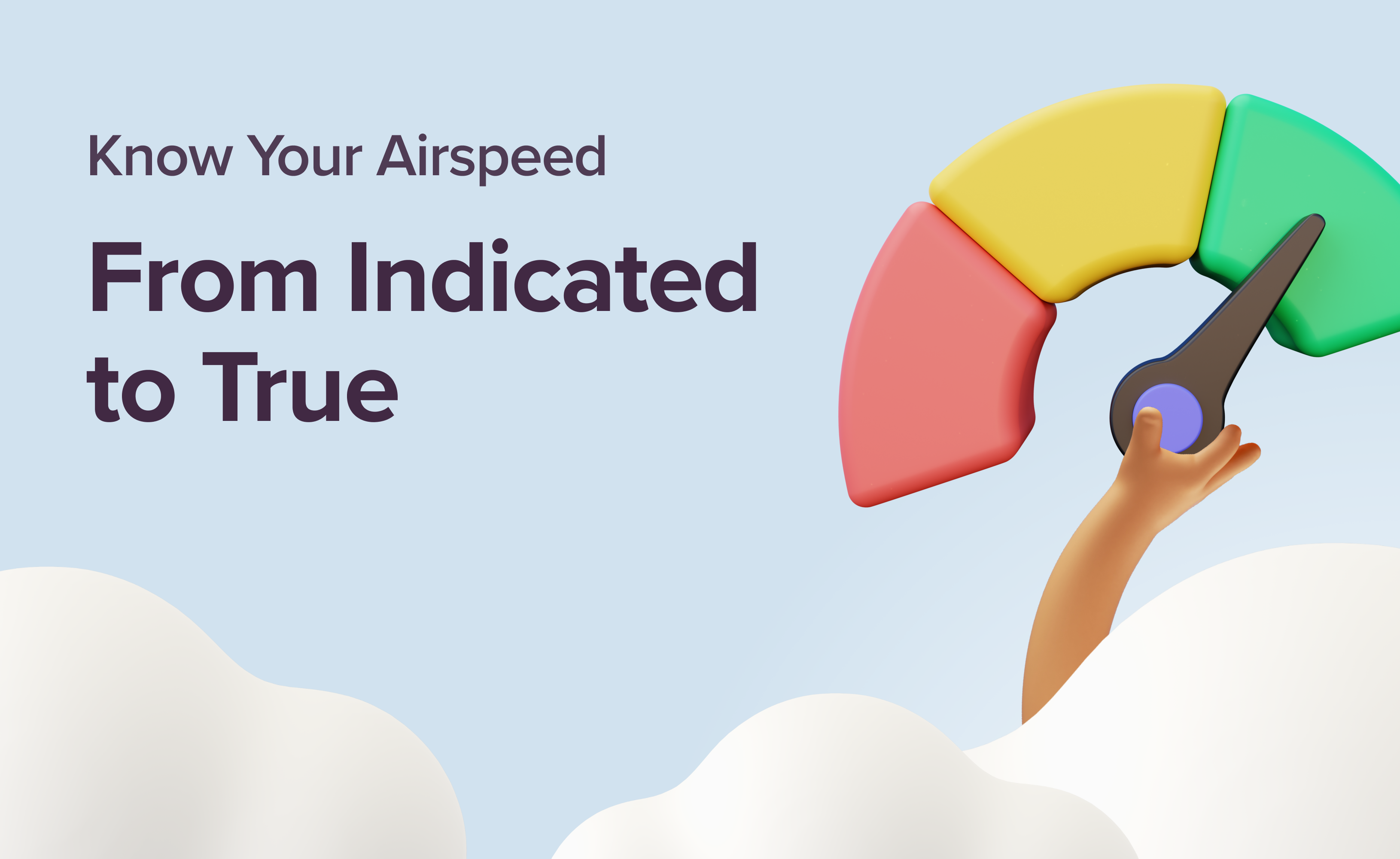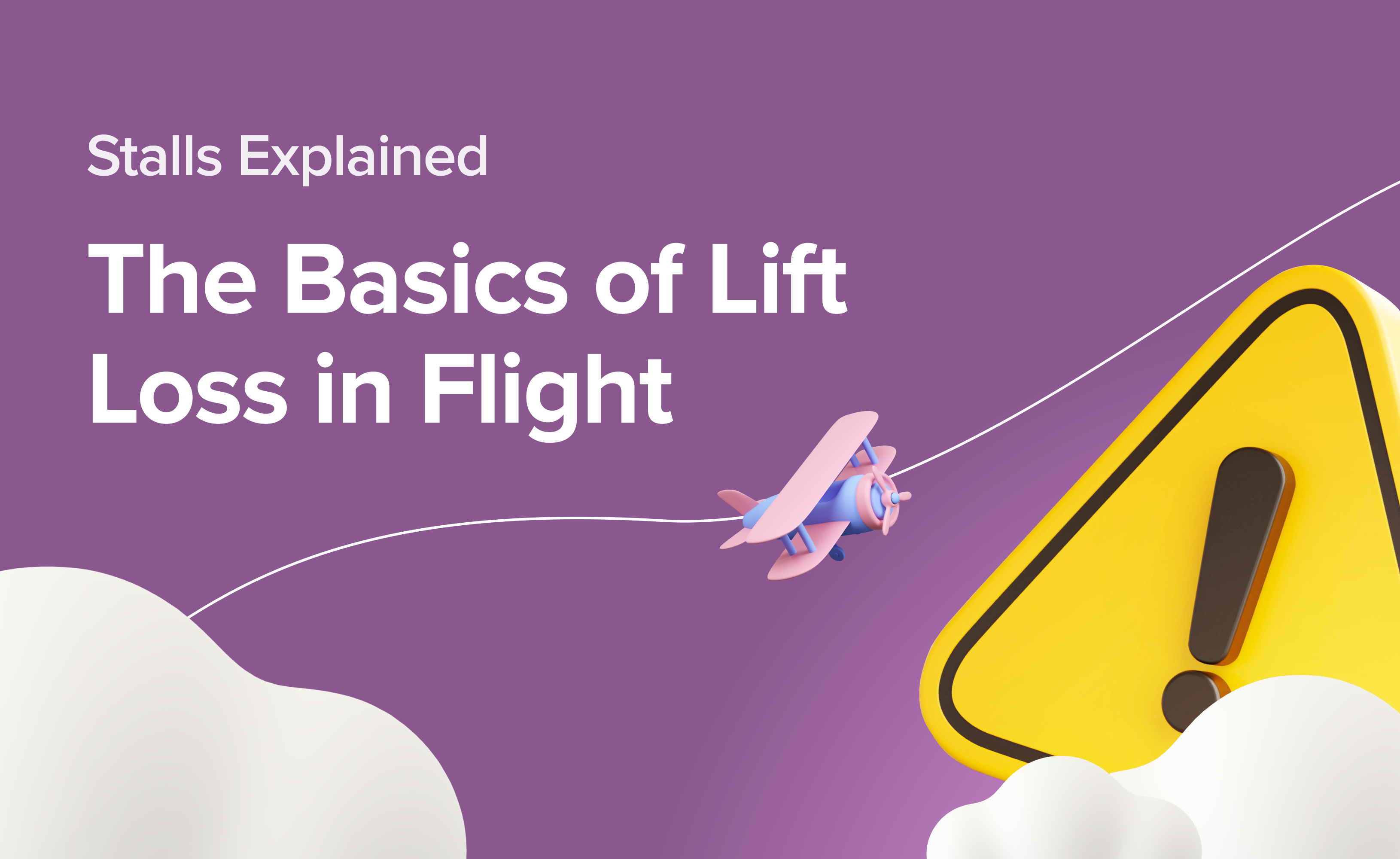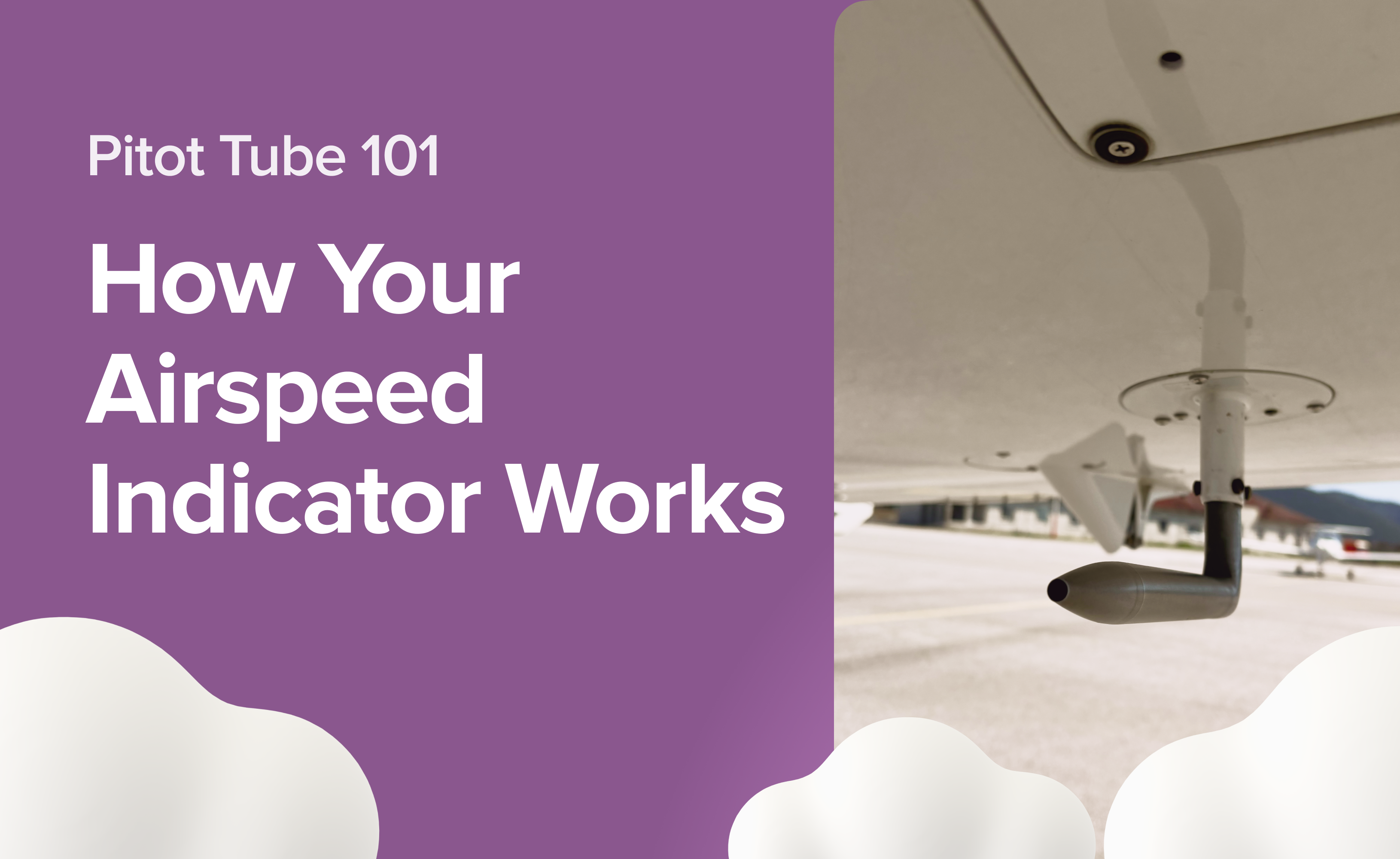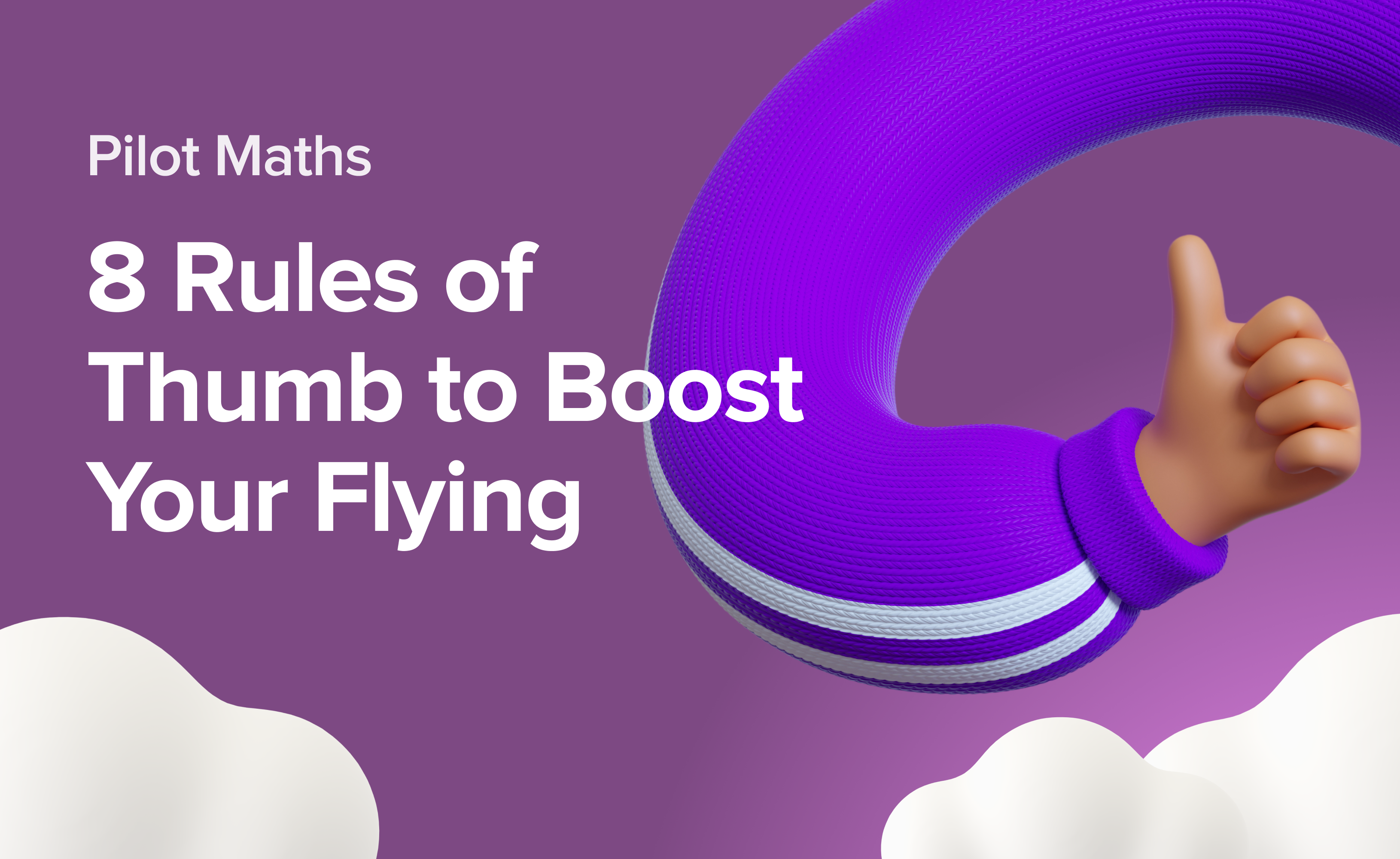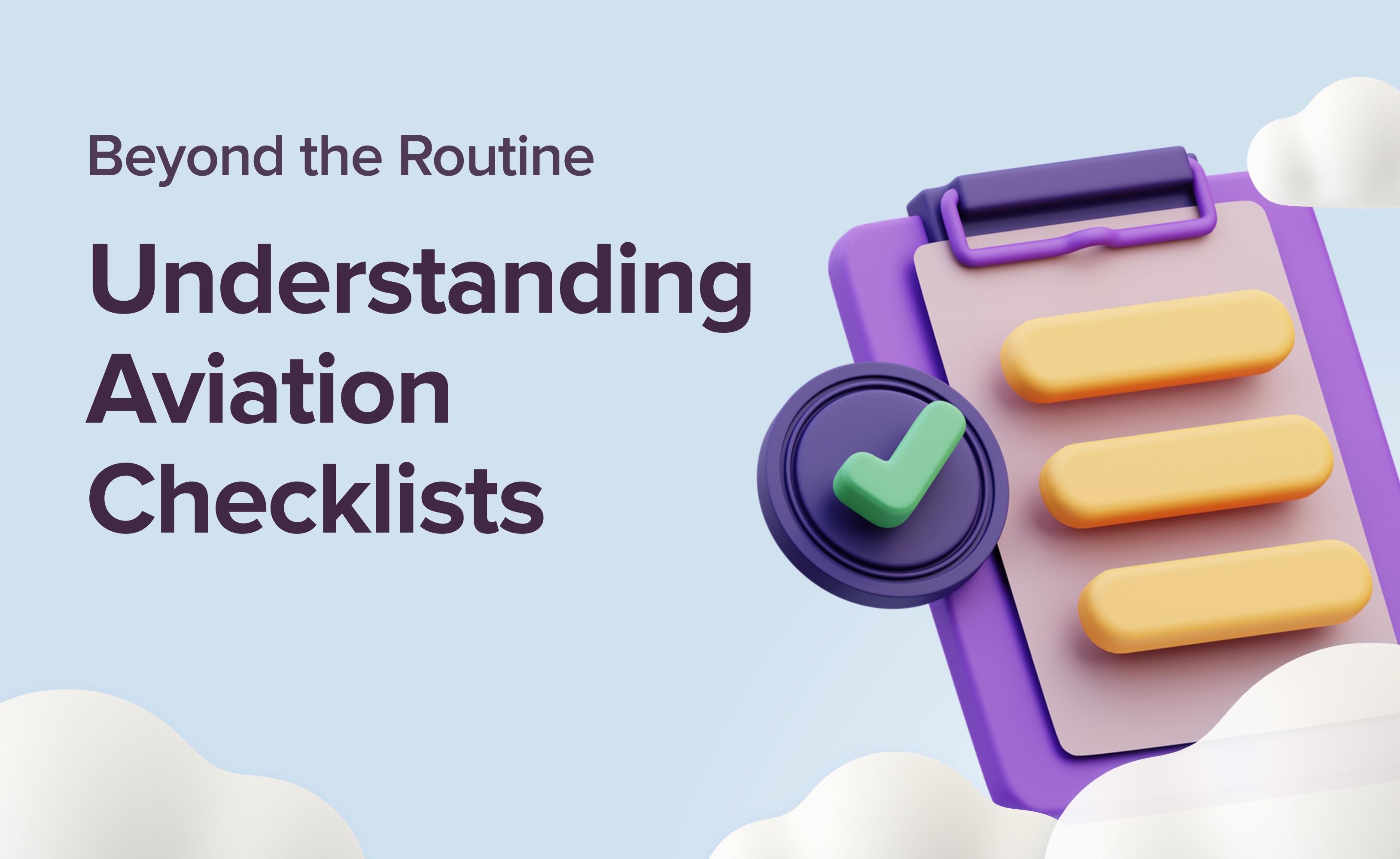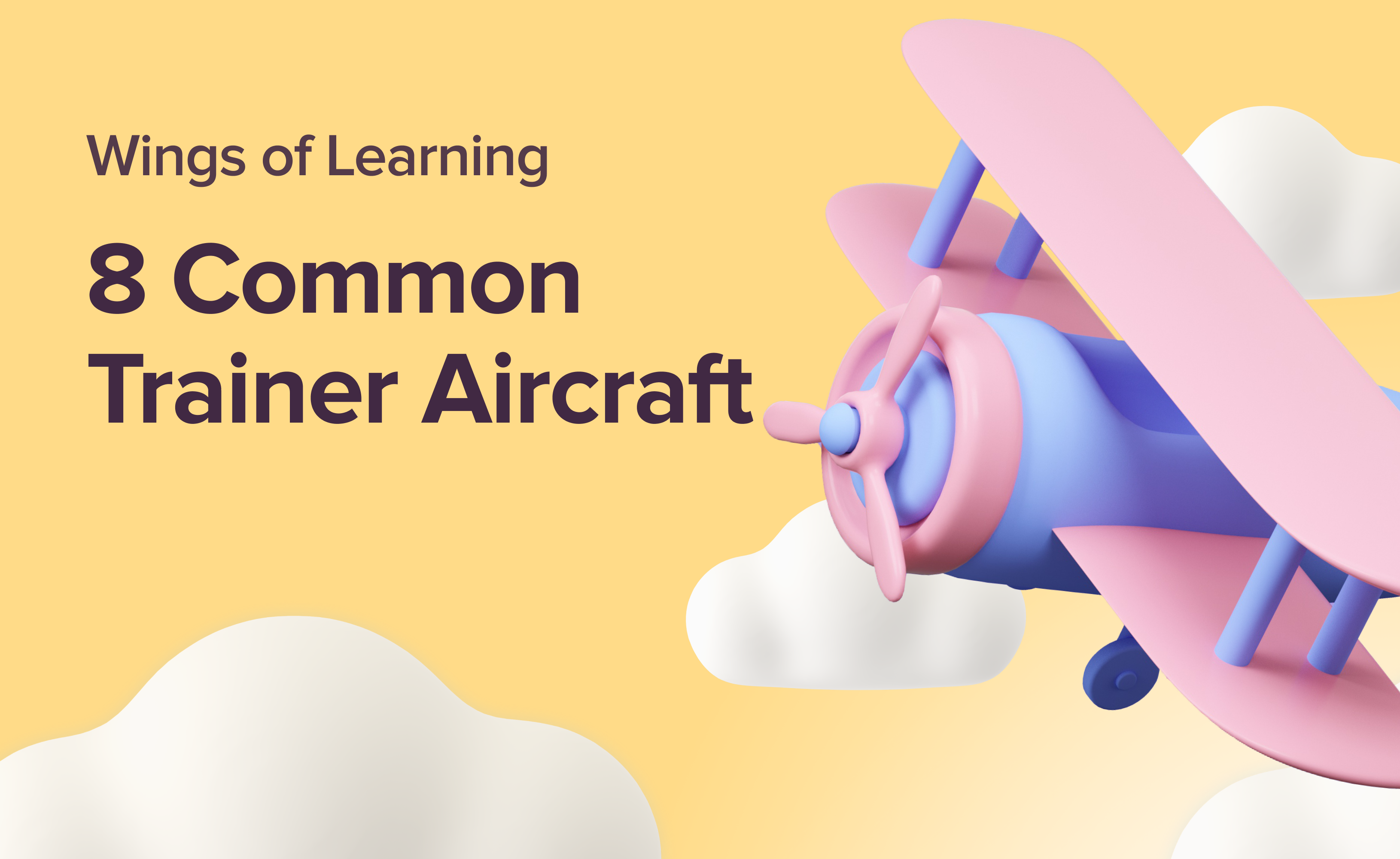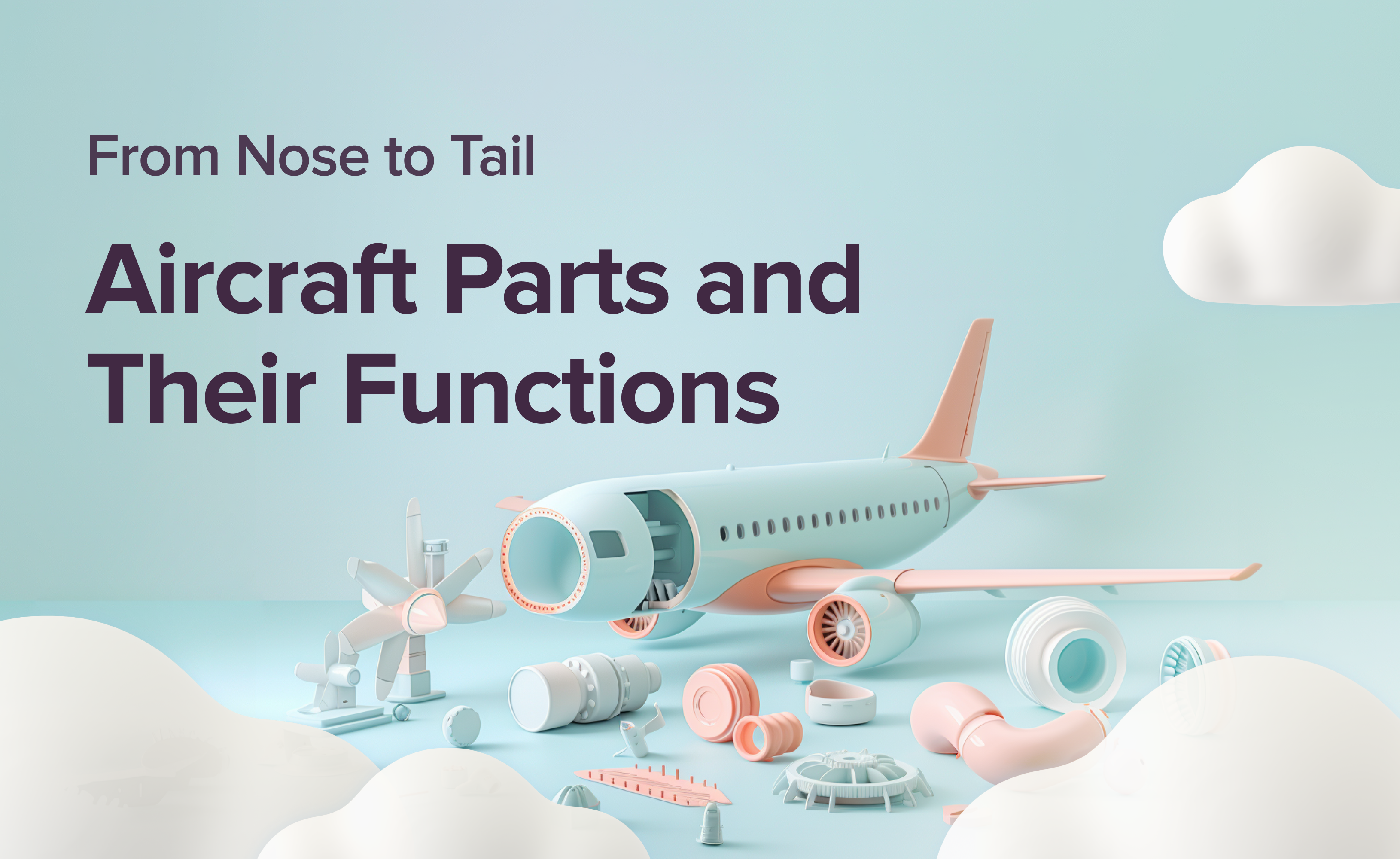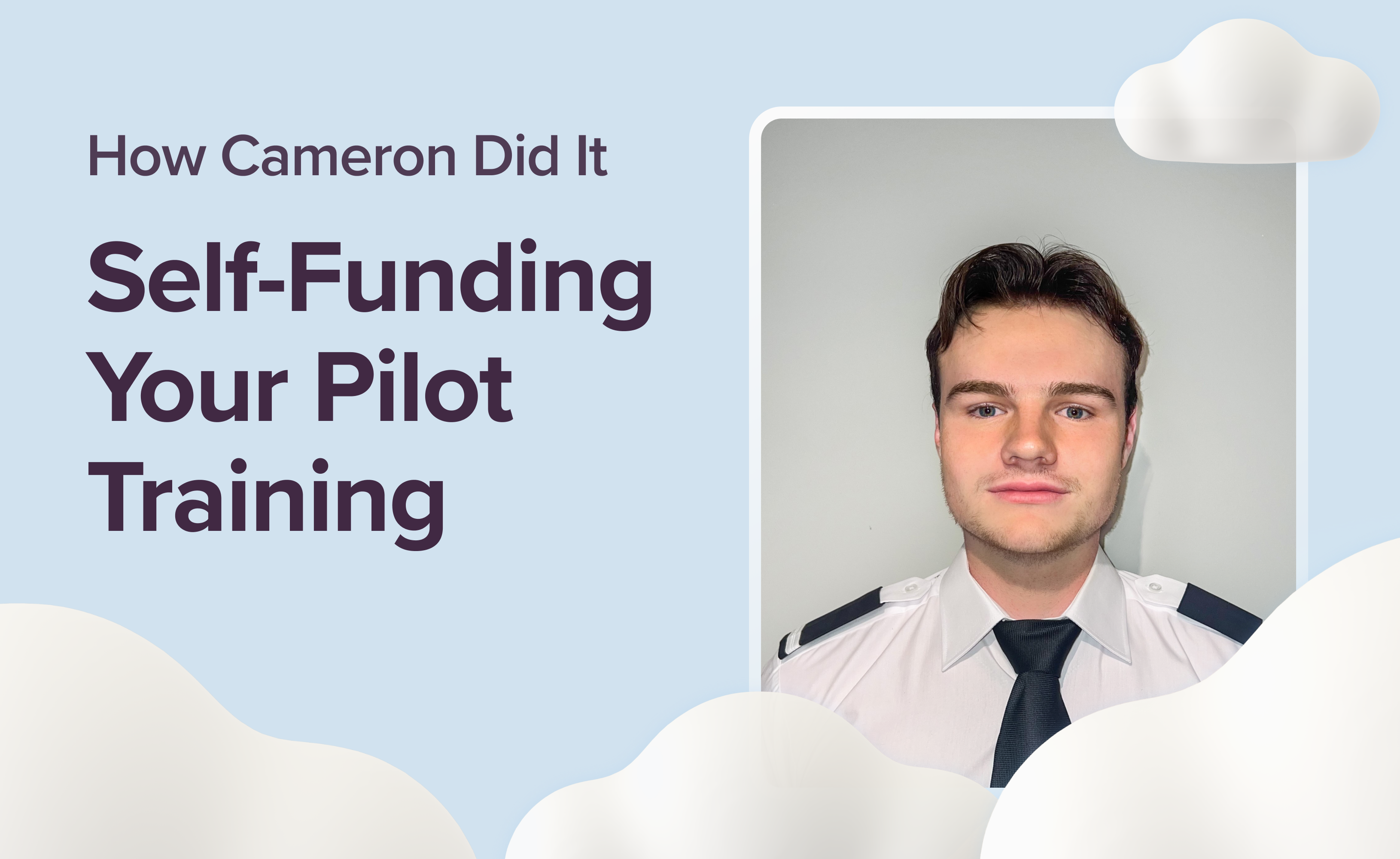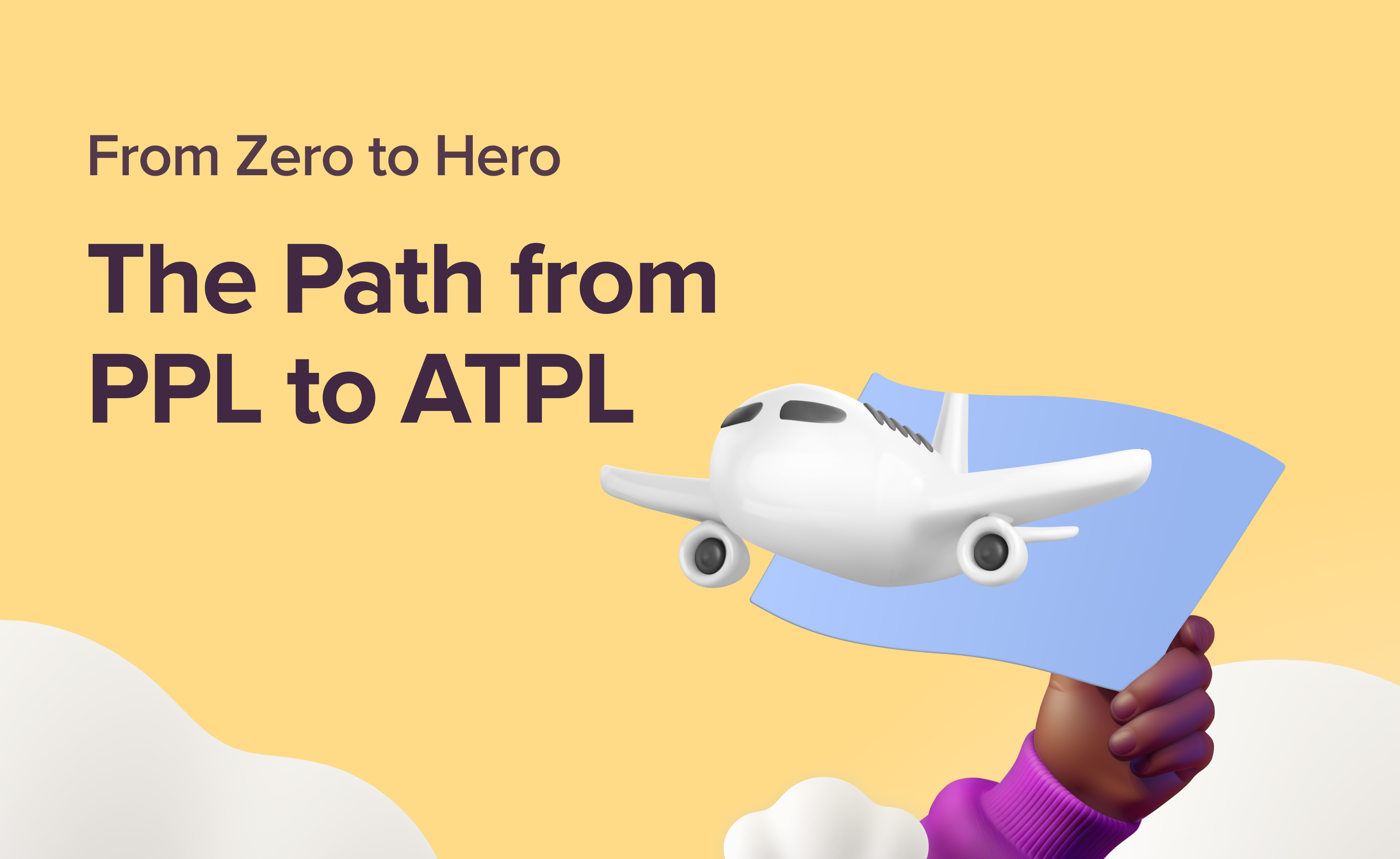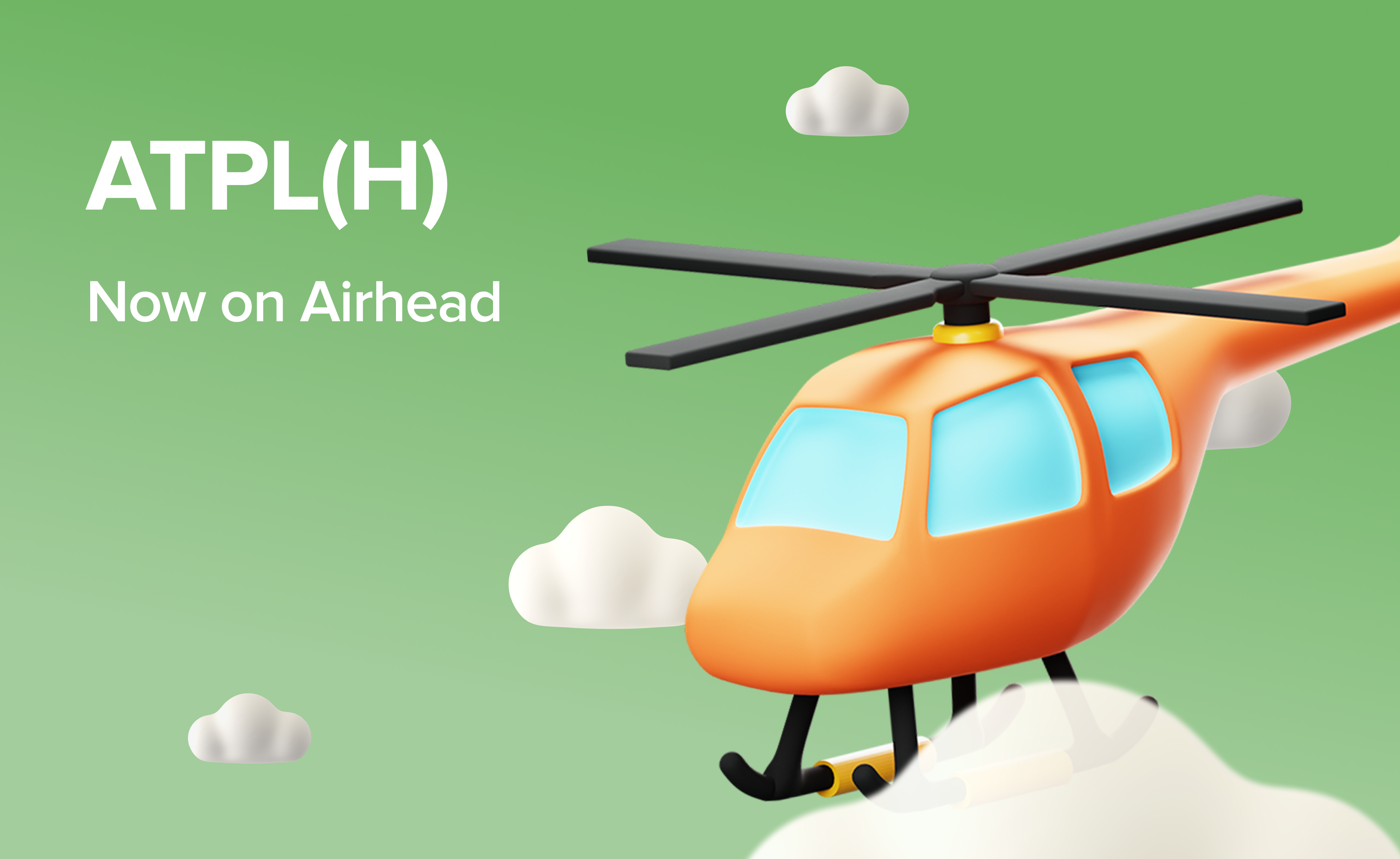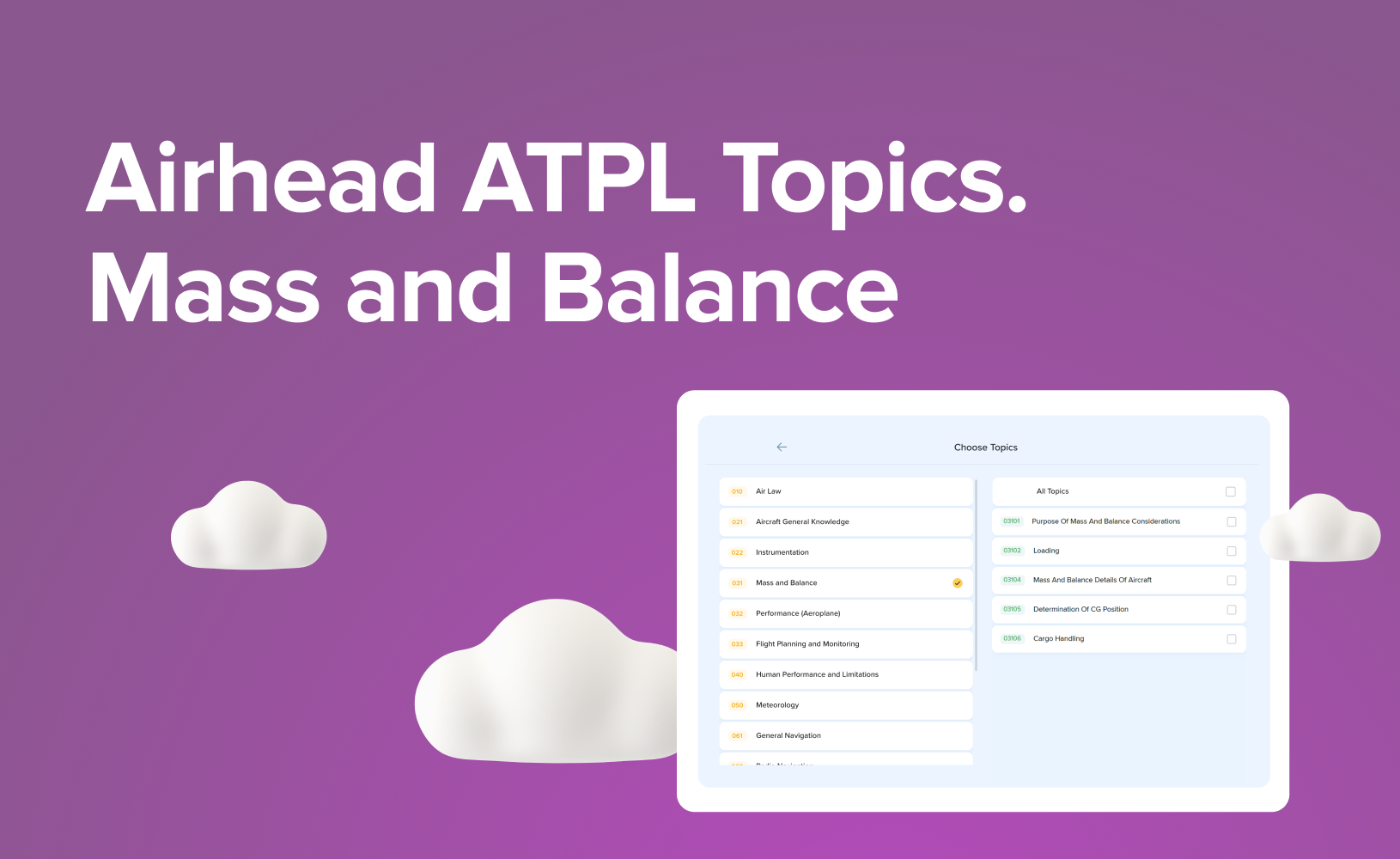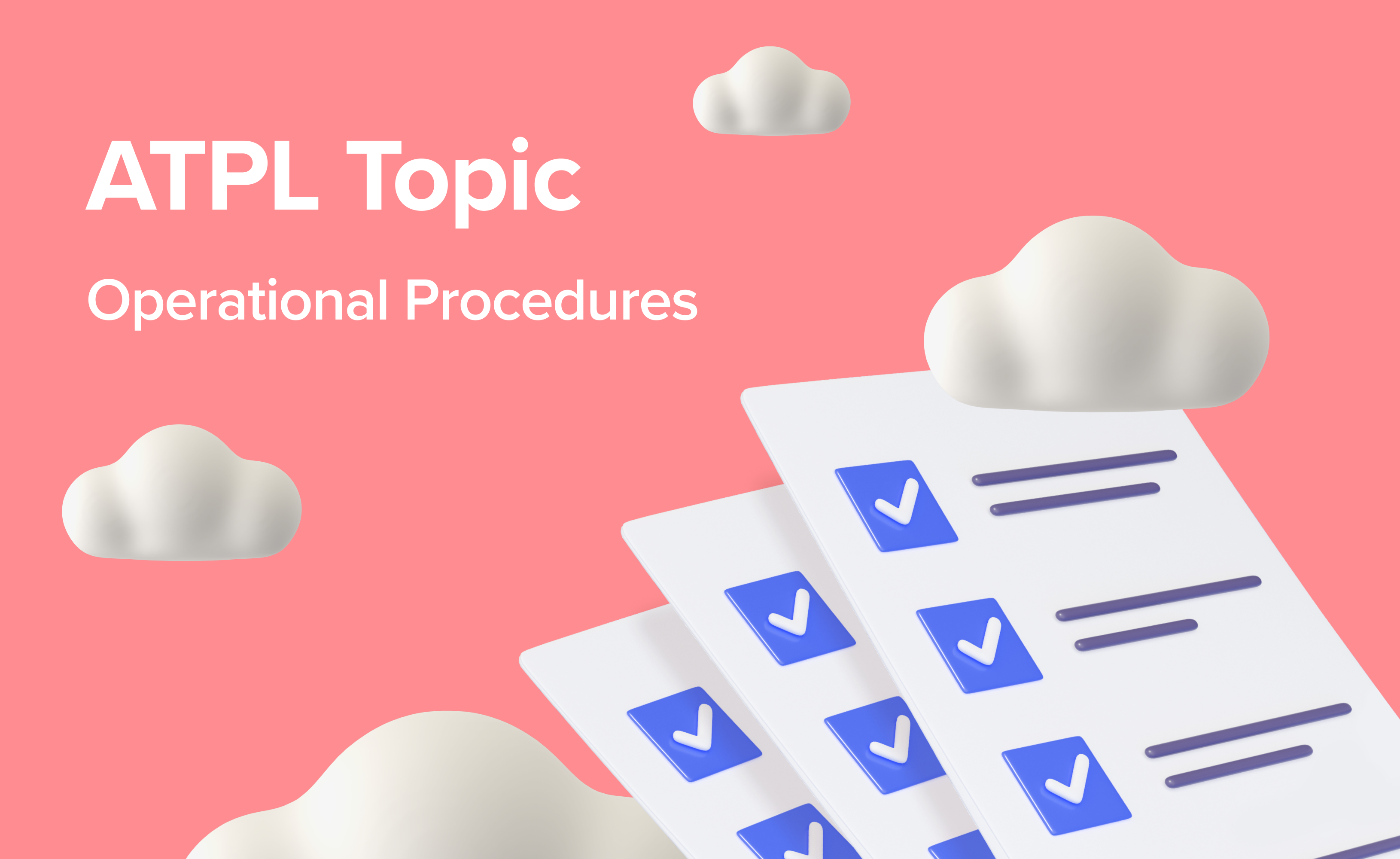ATPL Talks with Chris Keane: Day with Flight Instructor
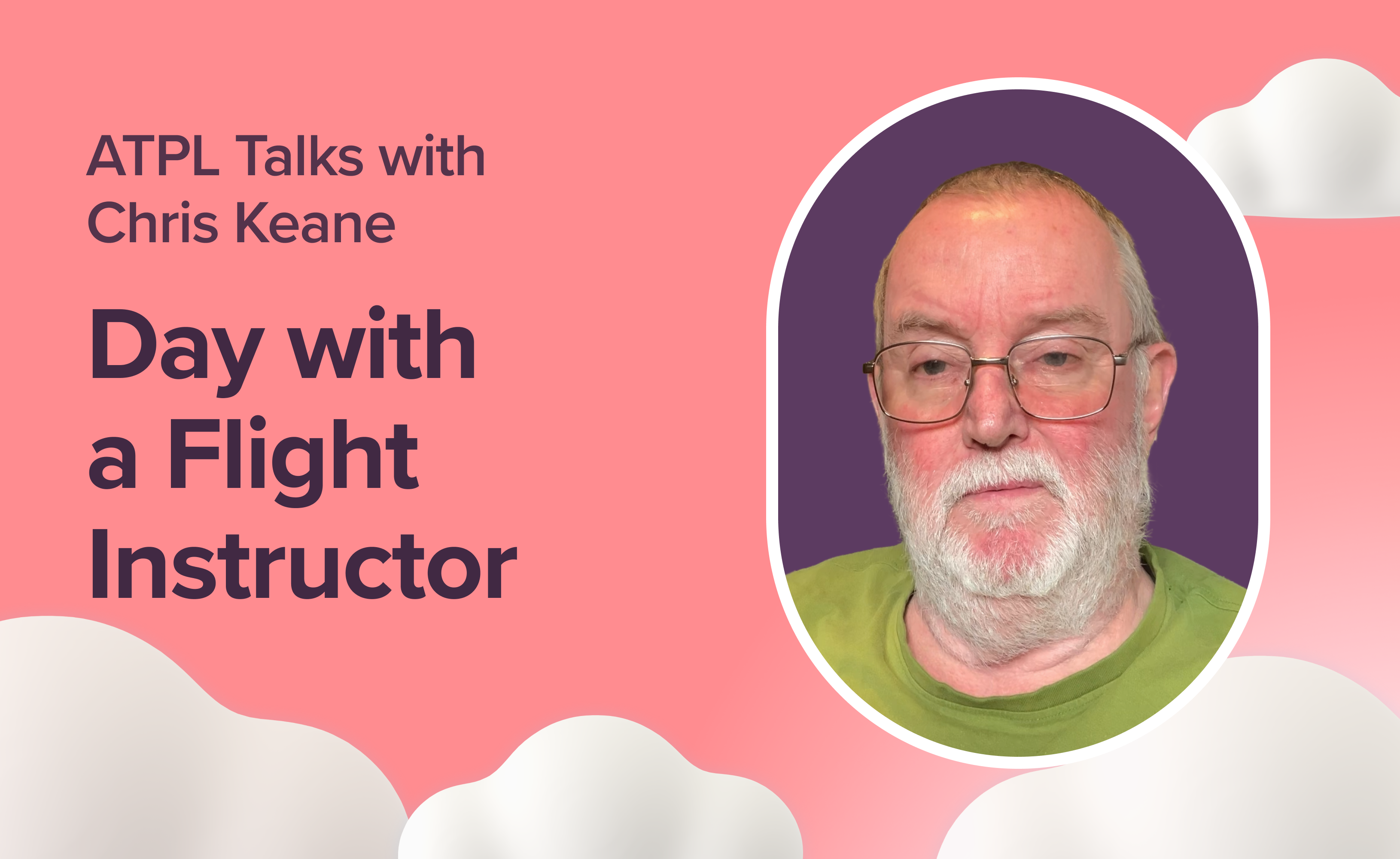
Welcome to a new episode of ATPL Talks! This time, we’re excited to feature Chris Keane, a seasoned helicopter pilot with over 30 years of experience and nearly 8,000 flight hours under his belt. Previously, we spoke with Chris about his incredible 30-year aviation journey, packed with inspiring stories and lessons from his time in the skies. Be sure to check out that conversation on our YouTube channel for even more insights from this aviation expert.
In this episode, we enter flight instruction's heart by exploring the vital relationship between instructors and students. Chris shares his thoughts on fostering a supportive learning environment, dispelling common misconceptions students have about their instructors, and why mutual respect is key to success. He also provides a behind-the-scenes look at the challenges and joys of teaching and some advice for aspiring pilots.
The new ATPL Talks episode is available on our YouTube.
Prefer to read instead of watch? No problem — the full text is provided below. Keep reading for an engaging and inspiring look into the world of flight instruction with Chris Keane!
Introducing Chris Keane
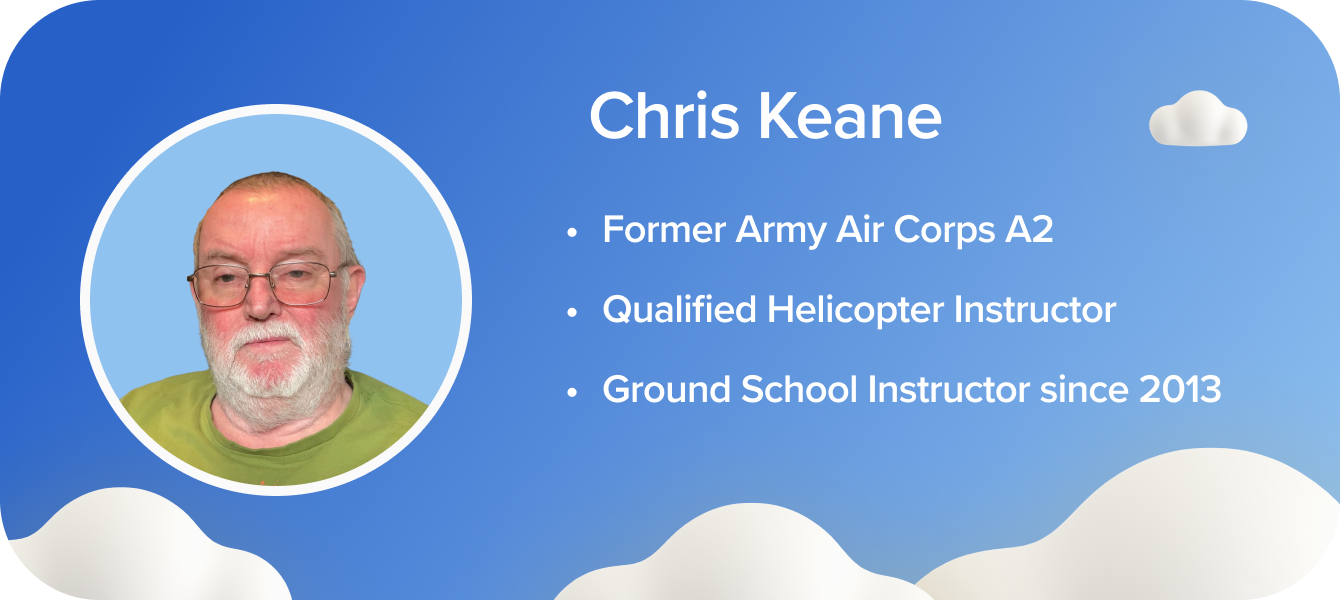
Chris is a former Army Air Corps A2 Qualified Helicopter Instructor and has been teaching ground school since 2013, specialising in multiple syllabuses. As a former Army Air Corps A2 Qualified Helicopter Instructor, Chris has been teaching ground school since 2013. He’s also a trusted ambassador and professional consultant for Airhead ATPL, offering his expertise in product development and guidance on challenging ATPL questions.
You will find those insights here.
From Military Cockpit to Ground School Classroom
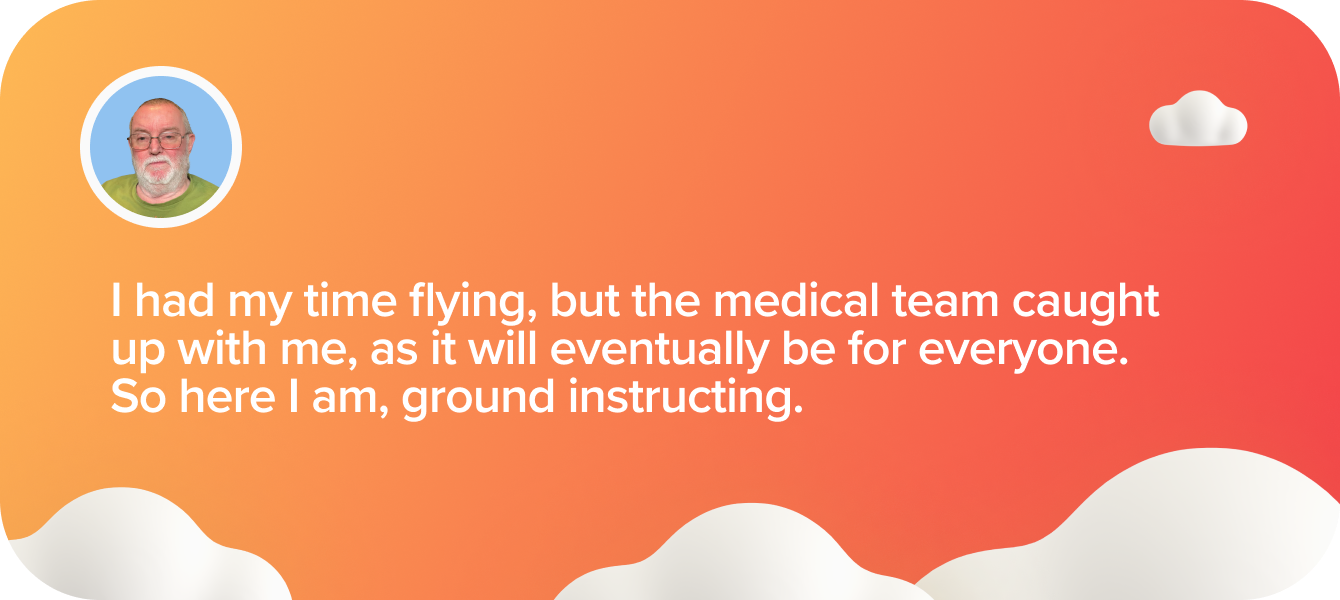
Airhead ATPL: Chris, could you tell us about your transition from being a military flight instructor to becoming a civilian ground school instructor?
Chris Keane: Well, my transition from military flight instructor to civilian ground school wasn't by choice, I can promise you. If I hadn't lost the medical category, I'd probably still be flying now. No, who am I kidding? I'm too old for all that stuff.
Becoming a civilian ground instructor happened almost by default. I drifted into it after a stint as a technical author. When that contract ended, I saw an opening at Bristol Ground School and went for it. I've been teaching ground school there and at other locations ever since. So basically, I had my time flying, but the medical team caught up with me, as it will eventually be for everyone. So here I am, ground instructing.
Set your sights on the sky! Our blog post Soar to New Heights: Your 2025 Pilot Action Plan helps you create a roadmap for achieving your pilot dreams.
A Typical Day in the Life of a Flight Instructor
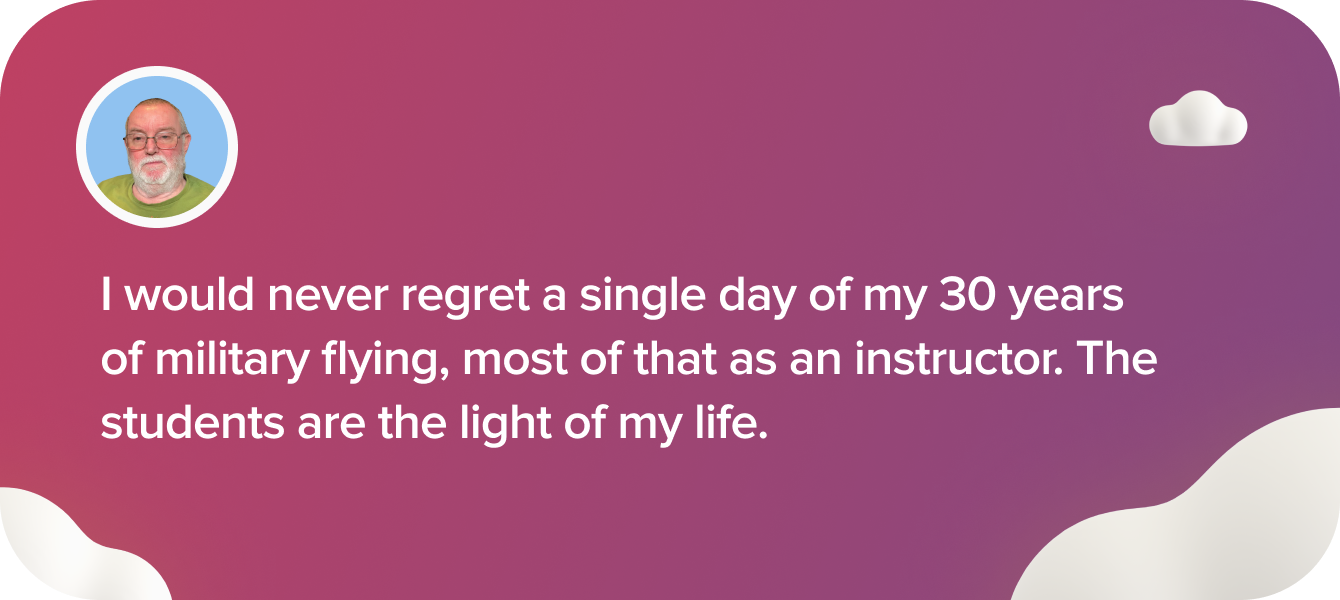
Airhead ATPL: What's a typical day for a flight instructor?
Chris Keane: Honestly, I don't think there is a typical day as a flight instructor, whether it’s helicopters or fixed-wing. There's nothing typical about the students either. They're all different, bringing their strengths, weaknesses, skills, and gaps in knowledge. It makes for one of the most interesting jobs in the world. I would never regret a single day of my 30 years of military flying, most of that as an instructor. The students are the light of my life.
Airhead ATPL: What were your biggest challenges as a flight instructor, and how did you overcome them?
Chris Keane: The challenges — gaining my wings, and staying on top of the game — were immense but rewarding. It was a great career. I loved it. And now, I view teaching as passing on the baton to the next generation of pilots, and I get something out of that. I love what I do.
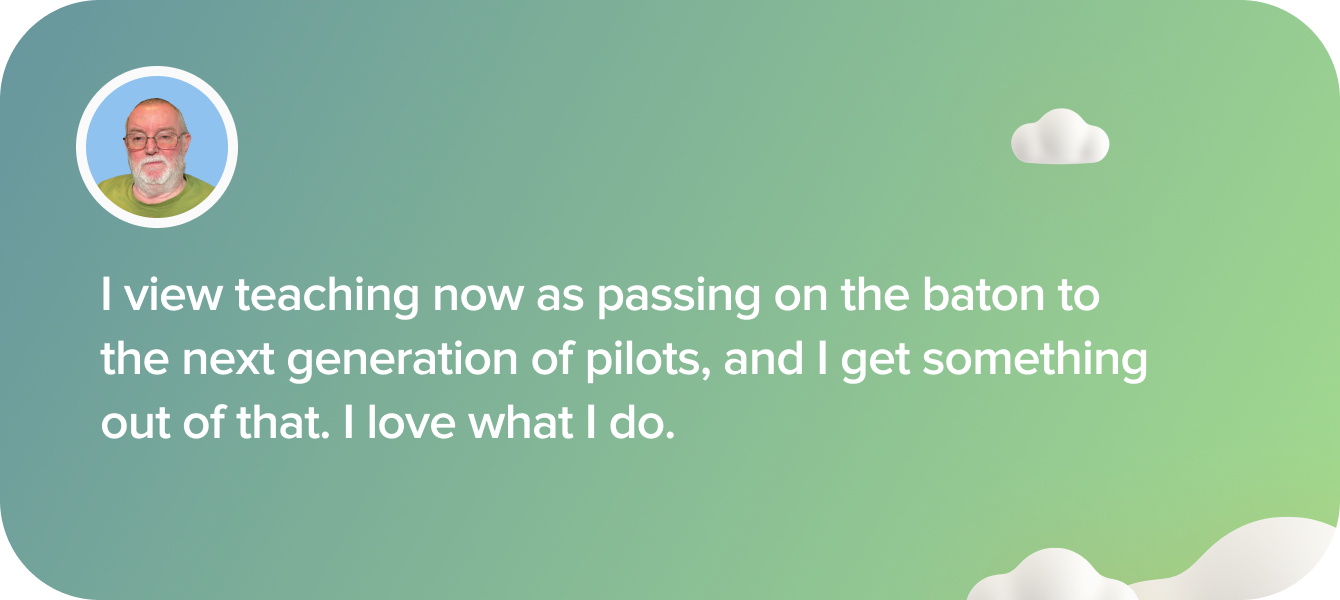
Airhead ATPL: Was there someone who inspired you to become an instructor?
Chris Keane: Absolutely. My flight instructor during my pilot’s course on the Chipmunk inspired me. That was back when the earth was flat, and I still had a waistline! He was a true gentleman with a military background. If I’m a tenth as good as he was, I’ll be happy.
A Humanistic Approach to Training
Airhead ATPL: How did your military background influence your teaching style?
Chris Keane: People often assume 30 years in the army means I’m great at shouting orders. Far from it! In the military, we only shout for effect. My military background gave me a good grounding in respect — both upwards and downwards. It also taught me the value of a humane, humanistic approach, which I think is best in all things, especially flying training.
Airhead ATPL: What does an ideal instructor-student relationship look like?
Chris Keane: Gosh, is there one? Yeah, there should be. It should be harmonious. It should be non-confrontational. It should be a mutually beneficial environment where the student doesn't feel pressured, ridiculed or otherwise disrespected. Unfortunately, there is a type of instructor that does that, literally makes themselves look good compared to their student. Not my kind of instructor at all.
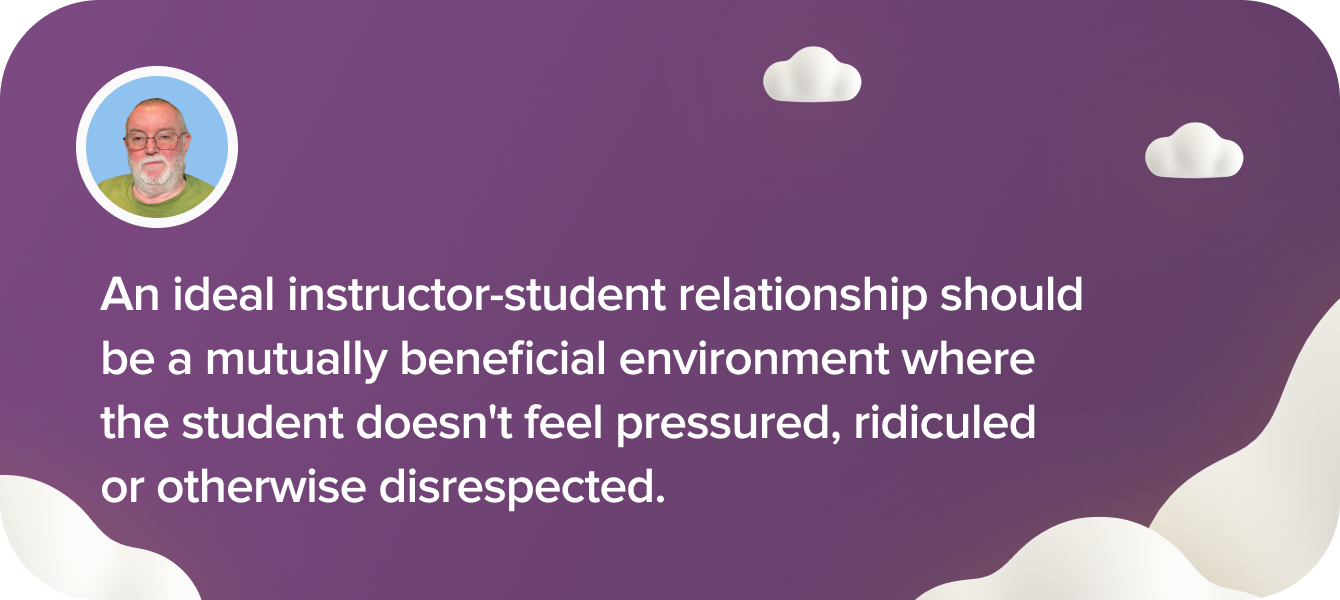
Guiding future pilots and seeing them succeed was one of my specialities as a military flight instructor. I was to pick up the students who were struggling and needed extra time, extra tuition, and a guiding hand to send them on their way. I was never sort of Father Christmas, despite the white bit now. But even as a military flight instructor, they didn't get away with it for nothing. I did have a fair success rate with problem students.
Discover the secrets to successful flight training. From effective preparation to building a strong pilot-instructor relationship, our guide Pilot in the Making: Mastering Flight Training has it all.
Lessons Learned from Personal Experience
Airhead ATPL: What strategies do you use to adapt to different students' learning styles?
Chris Keane: Adaptability is key. You build your strategies as you go along. Communication, trust, and instilling confidence are vital. The very best thing is to lead by example. Don’t expect a student to do something you can’t do yourself.
I remember failing a check ride during my final check to be an instructor. And I'm thinking, geez, this is what it feels like to be under the microscope. It taught me to connect with students who are struggling and treat them with dignity. And I could tell them, look, I know where you are, mate, because I've been there.

Airhead ATPL: Can you share an example of how the instructor-student relationship impacts progress?
Chris Keane: Absolutely. During my rotary training at Middle Wallop, my instructor and I didn’t get along. He was nitpicking and high-handed. I had quite a bit of experience already, about a thousand-hour crewman, which is all front seat in the army. And his debrief to me was, well, you'll scrape through this course, but you're never going to come to much as a pilot. And I thought, well, thanks for the big chuck up there, mate.
Despite being eligible for an instructor change, I didn’t request one because I didn’t want to burden my coursemates. I didn't want any of them to have to put up with this difficult person. And then we had a routine mid-course change. One of my mates picked up my old instructor and I got somebody else. He came to me afterwards and said: “I don't know what your problem with this guy is, I'm getting on fantastic with him”. Which just goes to prove there's nothing to say we have to get on with each other.
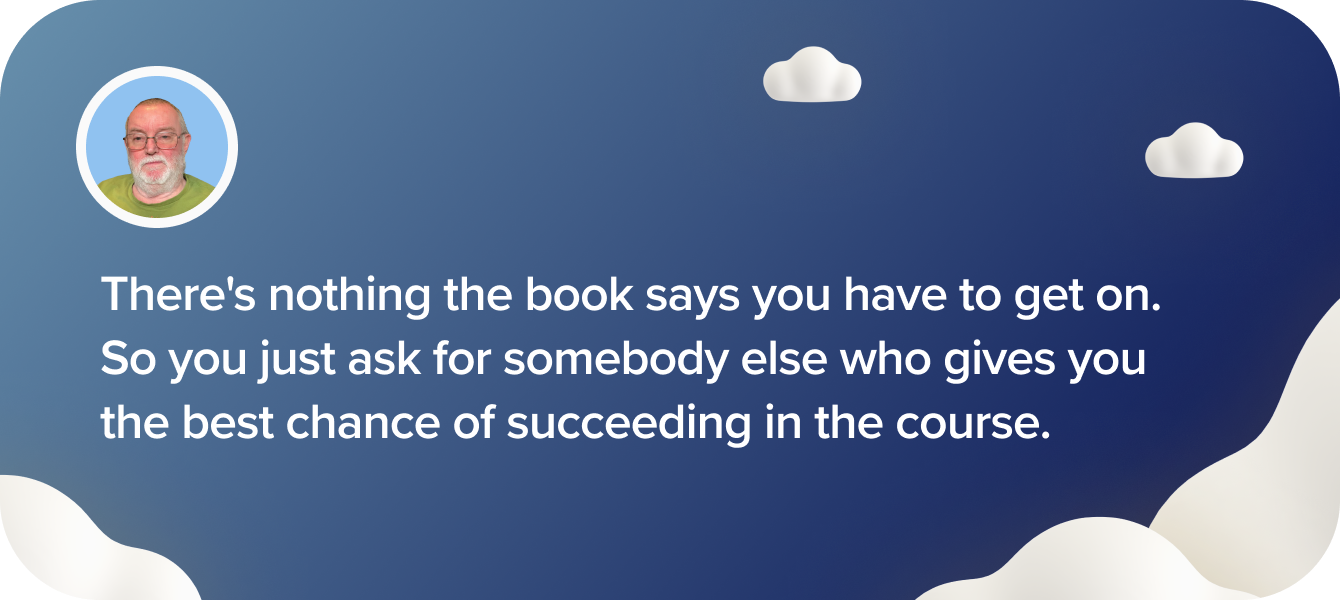
Years later in a similar situation, a young officer student came to me at the school in Shawbury. 'Sergeant Major,' he said, 'can I have a quick word?'
'Of course, sir,' I replied. 'What's the problem?'
'I think I need an instructor change,' he said.
'Fine, it's done,' I stated.
'Just like that?' he exclaimed.
'Yes,' I confirmed. 'When we tell you to ask for a change, we mean just like that.'
'I have one question,' he said. 'Why did you come to me with the problem and not your flight commander?'
'He is my flight commander,' the student replied.
'Right,' I acknowledged. 'I can see your difficulty.' I then went to his flight commander.
'Your student just came out of my word,' I began.
'Let me guess,' he interrupted. 'He wants an instructor change, right? Instructors know when you're not getting on.“
Later, when I became an instructor, I ensured my students felt comfortable requesting a change if needed. There's nothing the book says you have to get on. So you just ask for somebody else who gives you the best chance of succeeding in the course.
Avoid common pitfalls! Our blog post Training Challenges: 12 Reasons Why Student Pilots Quit helps you stay motivated and on track towards your pilot licence.
Common Myths About Flight Instructors
Airhead ATPL: Are there any common misconceptions students have about instructors?
Chris Keane: Oh, plenty. You know, we’re not out to get you. We’re not here to chop you. We don’t have a quota for how many we’ve got to get rid of. Yes. If we place 20 students on a course, we would like all 20 to graduate. It doesn’t always happen that way, but it occurs more often than you might think. So those misconceptions, the student paranoia, I suppose you could call it, is that they're out to get me. The only way you can break them off is to show students that we’re here to help them succeed.
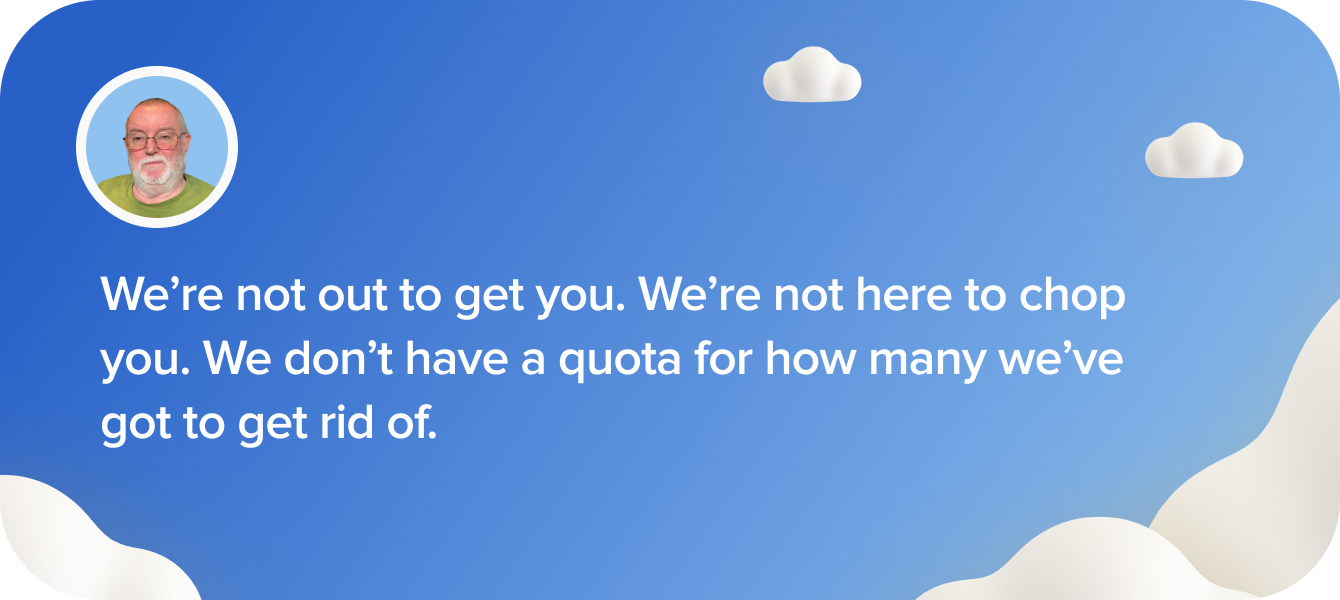
Airhead ATPL: How do you adapt your teaching to different learning styles or skill levels?
Chris Keane: Well, learning style, I think, is very much an individual thing. You know, you always try and put your own stamp on the basic skill set of being an instructor. One humorous way of doing it, the central flying school mnemonic for fault recognition was RCP, which is recognise, correct and practise. But of course, we redesignate that to ridicule, criticise, patronise. We never did, but that was just, you know, the tongue-in-cheek approach to learning styles and how to deal with the students at different skill levels.
I've taught some capable students, one of whom has gone on to be the naval station commander. Other people have gone on to be four-ring captains in the Navy, brigadiers and higher in the army, some really top-class people. I've also taught some students who have come from a much lower starting place but have still passed the course. So I think you've just got to adapt your style to the level of the person you're flying with.
Airhead ATPL: What’s your favourite helicopter to fly?
Chris Keane: I thought nothing would ever replace the Gazelle in my affections. It’s like a little sports car — low-slung, with sheepskin seat covers, a leather grab handle and a faint whiff of garlic when you open the door. I did about 3,500 hours on it.
And then I flew the Squirrel for about 15 years, and it’s equally dear to me. So, I’d have to say both of them.
One Piece of Advice to Every Student
Airhead ATPL: What is the one piece of advice to give every student?
Chris Keane: Well, I suppose one of the best things to give them is the advice about the fact that we've got two ears and only one mouth. So we should listen a lot more than we speak and never be afraid to speak up.
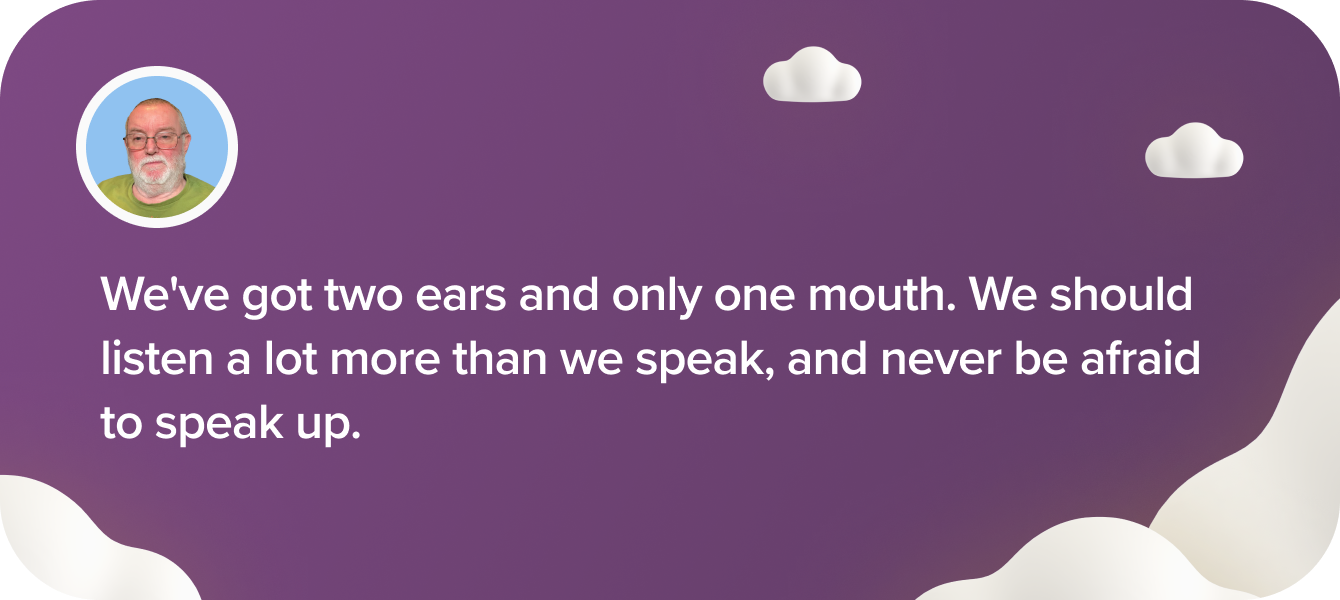
Airhead ATPL: What would you be doing if you weren’t a helicopter pilot?
Chris Keane: I started my career as a very young man, leaving school at 15, doing a variety of jobs, from roof tiling to truck driving and managing a truck tyre manufacturing company. So I guess I could fall back on any of those. But when I could no longer fly, I turned to boats, another love of mine. And then I thought, no, bored. What am I going to do? And I only knew two things, boats and helicopters. I sold boats for a while before returning to helicopters. So, take your pick!
Catch you next time, folks! Bye for now.


